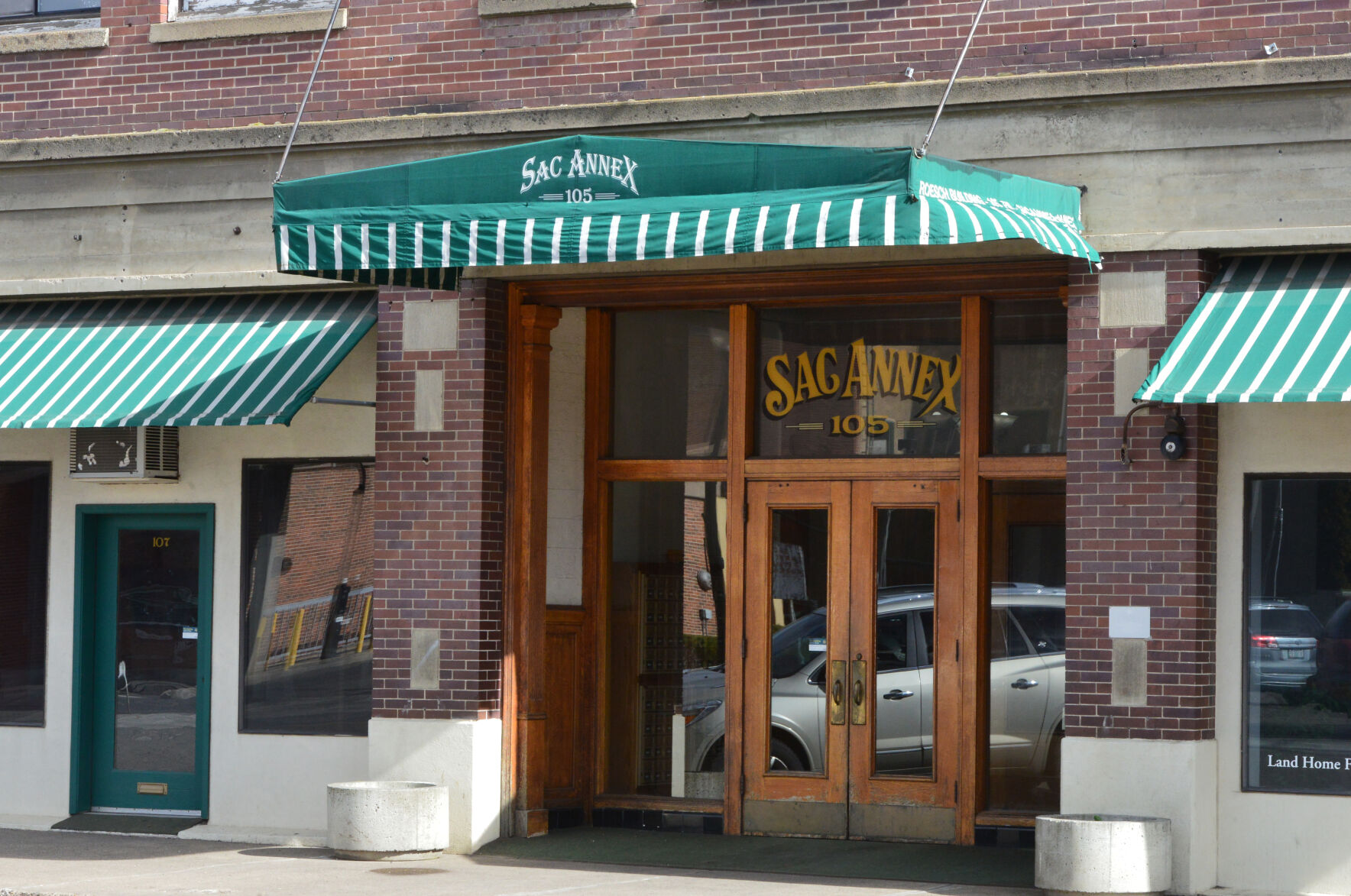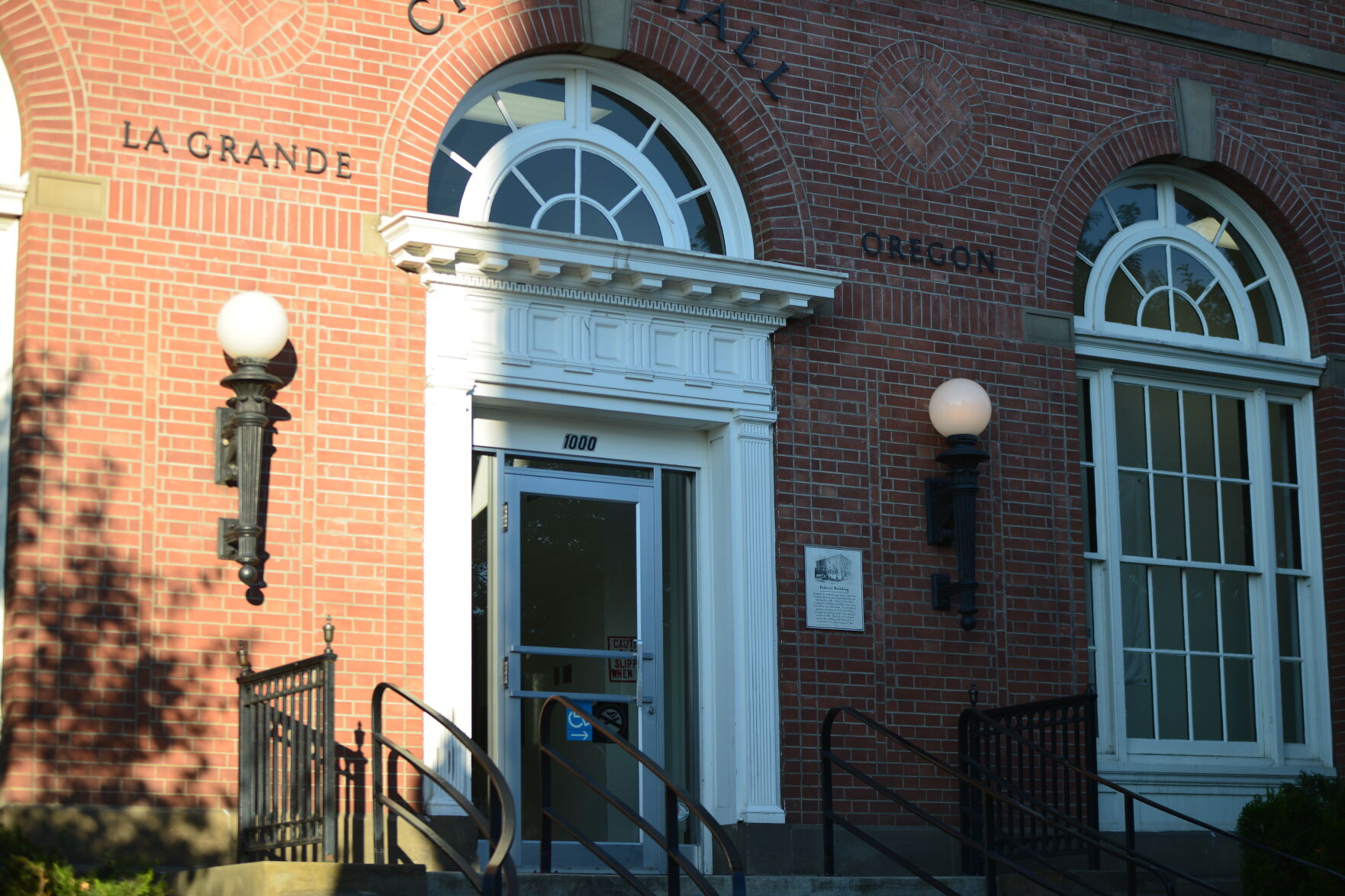LAND OF THE KIGER MUSTANG
Published 12:00 am Friday, April 18, 2003
By Mark Highberger
For the Observer
Even though most history lies flat between the covers of books, sometimes it breaks loose and runs wild. That’s what happened more than four centuries ago when Spanish armies marched their way into what is today the southwestern United States and began their quest, as one conquistador said, andamp;quot;to get rich, as all men desire to do.andamp;quot; And with the soldiers came their horses.
It didn’t take long for these durable horses and their offspring to spread across the frontier, with enough of them running free to form herds of andamp;quot;mustangs,andamp;quot; wild or feral horses that escaped domestication. Through the years, however, with their blood lines mixing with other breeds and with mustangers rounding them up or hunting them down, Spanish mustangs were thought to be extinct on the open range. But when one man went looking for them in 1974, he discovered a handful of survivors in southeast Oregon, where today you can visit the home of the Kiger Mustangs, perhaps the last wild descendants of America’s first modern horses.
When the search for the mustangs began, word came from a local mustanger that the best place to look was near 7,900-foot Beaty’s Butte in the southwest corner of Harney County, a wind-swept, rock-strewn chunk of rangeland that’s still wild and lonesome.
andamp;quot;That country was so rough and rocky [the mustangers] couldn’t run ’em,andamp;quot; says Ron Harding, then a wild-horse manager for the Bureau of Land Management. So Harding went to take a look and sure enough there they were: 27 wild mustangs, their color, their conformation and their markings all evidence of their ties to the Spanish horses and their importance to Western history.
andamp;quot;Wild horses,andamp;quot; says an official with the American Mustang andamp;amp; Burro Association, andamp;quot;are one of the only things we have left of what was cowboy, the Old West.andamp;quot;
Some people, however, refute the notion that the horses were wild in the first place. One is Alvin K. Majorowicz, former BLM area manager for the Warner Lakes Resource Area. andamp;quot;Local ranchers within the area related to me,andamp;quot; Majorowicz says, andamp;quot;that most likely all of the horses existing within the Beaty’s Butte area derived from domestic work- and saddle-horses turned loose during the Depression and World War II, when motorized machinery took over for horses.andamp;quot;
Others maintain that these horses are true descendants of Spanish stock, and claim that DNA tests at the University of Kentucky have verified the genetic connection between the Kiger herd and the Spanish breeds. At any rate, the BLM went to work to protect the horse it calls andamp;quot;a living legend.andamp;quot;
To prevent crossbreeding and preserve the gene pool, the BLM fenced off two management areas on the edge of Steens Mountain: almost 60 square miles near Kiger Creek (Kiger rhymes with andamp;quot;tigerandamp;quot; and was the name of an early settler) and more than 40 square miles at Riddle Mountain. Then the agency reportedly removed all other wild horses from the two areas, though this is a point with which Majorowicz disagrees. andamp;quot;At least two horses were left at Kiger,andamp;quot; he says, andamp;quot;and the Riddle Mountain area was never cleaned.andamp;quot;
In 1977, with the 100 square-mile sanctuary in place, the BLM rounded up the Spanish mustangs and released them in two groups, putting 20 of them at Kiger Creek and the remaining seven at Riddle Mountain, five miles away. This area, then, is the destination for those who want to see wild horses and the land they call home.
The Kiger Mustang Overlook lies along a back road southwest of Burns, just over 50 miles as hawks fly. But as cars drive, it’s a journey through a land of leaning juniper posts and rusting barbed wire, of sage and sand and of shadows long and dark that follow you through the Diamond Valley and then up to the summit of a hill. And here at the end of a hairpin turn you’ll trade the gravel road for a dirt track that leads toward the horses.
You might see a sign that says Kiger Mustang Overlook; you might not. You might see a post that says Kiger Mustang ACEC, which means Area of Critical Environmental Concern; you might not. It all depends on the budget of the BLM or the mood of sign vandals. So look for the ruts that lead from the summit and out onto a sagebrush flat that seems to sprawl toward Steens Mountain. From here it’s about 11 miles to the overlook. If you’ve found the right road, you’ll begin seeing directional signs a bit more than two miles from the turnoff.
This is a far-reaching country of calm and distance, where sometimes the rattling jounce of a cattle guard is the only change in the routine of juniper and basalt and sage, juniper and basalt and sage, the road climbing and the switchbacks cutting the hillsides, the clouds layered across a horizon that stretches out buckled and folded, clipped and chopped.
The wildness seems right for wild horses, yet the land has its limits. In this case, the BLM figures its two management areas can support a minimum of 84 and a maximum of 138 mustangs. So when herd numbers approach the upper limitthe annual increase is approximately 20 percentthe excess population is rounded up, taken to the wild horse corrals in Burns, and offered for adoption at a public auction. In 1999, a record $19,000 was paid for a Kiger filly.
The best horses, however, are always returned to the range. andamp;quot;If you always put the good ones back,andamp;quot; Harding says, andamp;quot;you’ll always get the good ones off.andamp;quot;
So the herd stays strong in this high desert world, where on a wind-scoured hilltop the road now plunges along ruts and across puddles, skirts jutting rocks and fire-charred junipers. Then it’s downhill, the bunchgrass wavering in the wind and Steens’ snow glistening ahead.
andamp;quot;Viewing Area 1 mile,andamp;quot; says a sign. So you take a right-hand fork that leads across the top and over the rocks to the parking area while your rig, appropriately enough, bucks like a wild horse. And once you’re at the trailhead, all you have to do is find the mustangs.
But even though the herd holds relatively steady at approximately 100 horses, remember that the mustangs have over 100 miles of range to call home. Yonder they could be, upon the flanks of Steens Mountain, or down lower along the banks of Kiger or Riddle Creek. Miles of mountain to run on, miles of desert to roam.
Nevertheless, any moment they could emerge from the slope’s crevices and come galloping along its crests; any second they could step from the shadows of junipers to lope through the grass. And if they do, even if they remain at a distance, you’ll know them when you see them. How?
andamp;quot;How do you know the wind is blowing in your face?andamp;quot; says Ron Harding, the man who found the Kiger Mustangs. andamp;quot;You can’t see it. You just feel it.andamp;quot;





